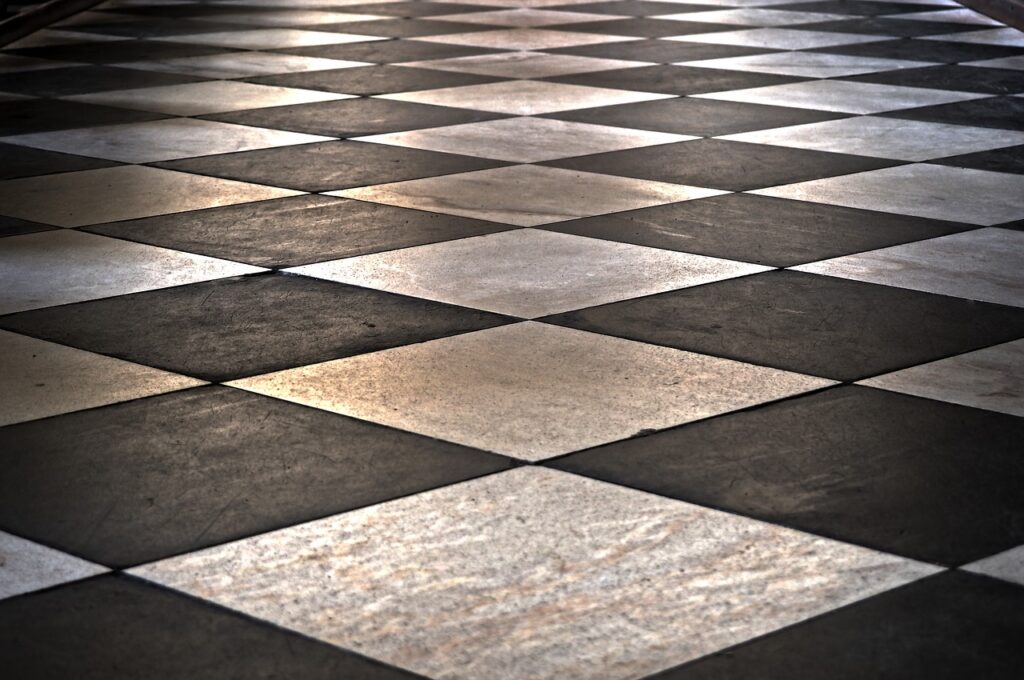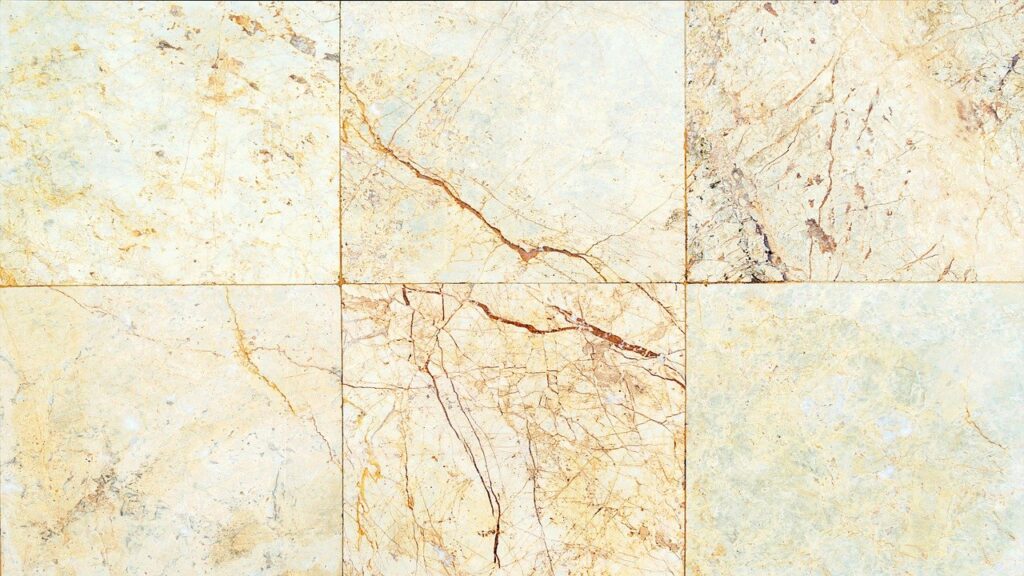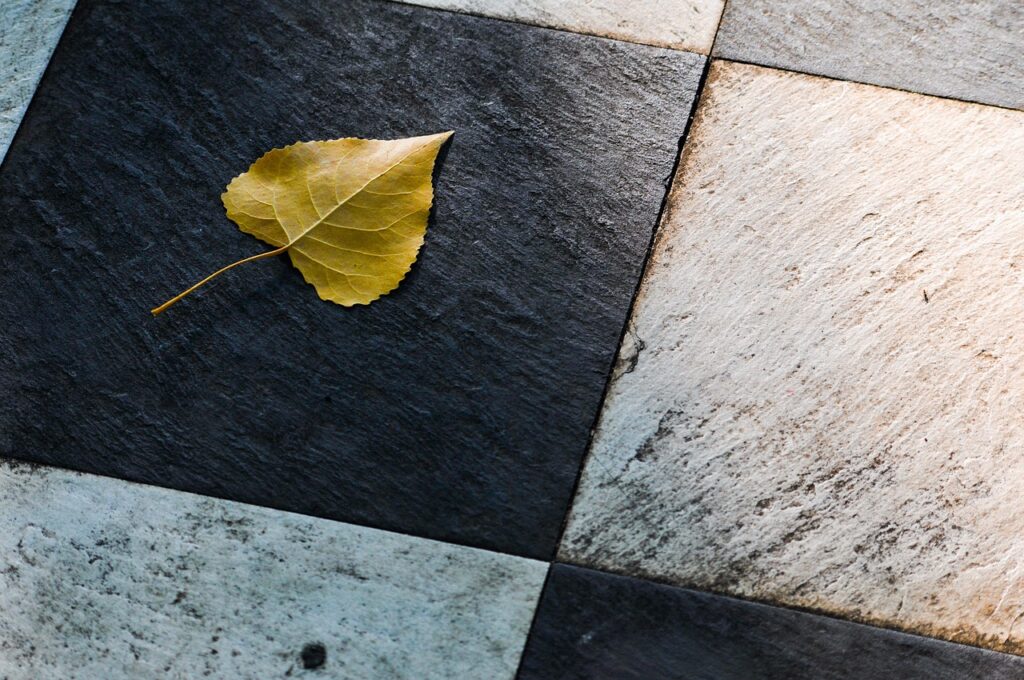Look at the properties of the base layer, look at the parameters of the substrate, look at the area of use.
This is the choice of tile adhesive.
Everyone, keep it in mind, it will be right in the future
Look at the properties of the base layer.
When it comes to the base, the more common ones are concrete or brick masonry. When choosing tile adhesive, be sure to understand the material of the veneer material. In layman’s terms, it is necessary to understand the characteristics of the base layer.The base can be roughly divided into two categories: rigid base and flexible base. Among them, concrete, brick masonry, masonry mortar and cement mortar belong to rigid base, while cement fiberboard, gypsum board, plywood and external wall insulation system belong to flexible base.When choosing tile adhesive for rigid base layers, it is more likely to choose tile glue according to the performance of the main material and the parts used; while the tile glue used for flexible base layers generally requires a certain degree of flexibility, otherwise it will be easy for the base layer in the later stage. The deformation caused the hollow drum to fall off.
look at the parameters of the substrate.
When choosing a tile adhesive, special attention needs to be paid to the water absorption and size of the tile. The lower the water absorption rate of the tiles, the denser the tiles, and it is required to choose a tile adhesive with a better suction cup, that is, a high-level tile adhesive.The larger the size of the tile, the greater the load, and the higher the requirements for the adhesive force of the tile adhesive.When encountering some special substrates, the problem of efflorescence and color bleeding should also be considered. For example, light-colored natural stone has many micropores, and the tile adhesive is usually cement gray. When such gray tile adhesive is used to paste natural stone, it is prone to bleeding, which reduces the appearance of the stone.
In order to avoid this situation, it is generally recommended to choose white tile adhesive as the tiling material.
look at the area of use.
Different usage scenarios, tiled areas, and matching tile adhesives have different performance requirements.For example, the threshold stone area located at the junction of the kitchen and bathroom, the hall and the room, that is, the transition between the dry and wet areas, the requirements for the tile adhesive in this part, in addition to the adhesion, it is best to have the effect of waterproof and impermeability.In this way, water vapor can be prevented from running into the living room and room, and the impact of water vapor on the floor and wall coatings can be avoided.
In a long-term flooded environment like a bathroom, tile adhesive should have a certain impermeability. Therefore, in order to improve the impermeability of ordinary tile adhesive, tile adhesive partner DL can be added to the tile adhesive, so that the durability of the tile adhesive is more guaranteed.For parts such as flues and lightweight partition walls, they have a common feature that there is often vibration or instability of the base layer, so flexible tile adhesives should be selected. In this way, the deformation and vibration of the base wall are buffered by the flexible tiling material, so as to ensure that the tiles can be firmly attached to the wall.



The production process of tile adhesive is composed of five parts: calculation of proportioning ratio, weighing, mixing, processing, and tile adhesive packaging. Each link has an important impact on the performance of tile adhesive products.
Tile adhesive itself contains an appropriate amount of cement components. It is scientifically formulated by adding various additives to enhance adhesion and flexibility on the basis of cement.
Add cement mortar at will, which will change the proportion of production components from tile collagen. In fact, there is no way to guarantee the quality, and tiling is prone to hollowing and peeling.
Because the tile adhesive has good water retention, the drying time is slightly slower than that of cement. Blindly adding cement and adding water will cause the tile adhesive to lose its original effect.
In view of the above factors, we need a set of special equipment to produce tile adhesive. The tile adhesive production line must be equipped with a complete set of automated production lines to ensure the accuracy of the production formula.